Mathematical Awareness via Geometric Sculpture
George W. Hart
Dept. Computer Science
Stony Brook University
Geometric sculpture can be a potent tool for communicating mathematical
ideas in a visual and tactile manner. While all art should be enriching
and thought provoking, mathematically based art displays additional internal
resonance through underlying relationships which appeal to ones sense of
system and logic. It draws upon and celebrates the visual and structural
modes of thinking which bind art with mathematics.
As a mathematician and constructive sculptor, I create works that follow
in a centuries-long tradition of mathematically informed art. My motivation,
in part, is that I try to convey a sense of what I call the geometric
aesthetic. I have the artistic conviction that the patterns and relations
found in the classical geometry of three-dimensional structures can form
a solid foundation for art that is beautiful, personally affecting, and
visually engaging.
I am always gratified when viewers of my work, though not mathematically
trained, are led to ask me questions of a mathematical character. Some
are of a technical nature, e.g., How do you compute the correct angle
for those parts to meet exactly?, while others reach more to the heart
of the matter, e.g., What is the pattern behind this? I am always
happy to elucidate, as I feel that an artwork that evokes such questions
has in some way been kissed by Euclid.
This photo-essay tries to convey these ideas directly—through images
of my work. With just a brief caption for orientation, a successful sculpture
should be able to speak for itself. For additional insight and mathematical
descriptions of their underlying structure, see the detailed references
given in my web pages, http://www.georgehart.com/
Figures:

Figure 1. Roads Untaken, wood, 17 inch diameter. It is fabricated
like a mosaic, with three colors of wood (yellowheart, paela, and padauk)
and walnut "grout," over a hollow fiberglass sphere. I call the geometric
form an "exploded propellorized truncated icosahedron." To plan it I designed
a set of polyhedral operators to produce the topological structure, and
a numerical relaxation method to proportion it with all edges tangent to
a common sphere. Your eye can see it as light roads (connecting hexagons
and pentagons) on a dark background, or as dark roads (connecting triangles)
on a light background. Is there a light path from any hexagon to
any other hexagon? Is there a dark path from any triangle to any other
triangle?

Figure 2. Battered Moonlight, paper mache over steel, 21 inches.
This is a 6-edged, 1-sided surface (like a Mobius strip) with the rotational
symmetries of an icosahedron (i.e., fifteen 2-fold, ten 3-fold, and six
5-fold rotation axes). To understand its form, imagine separating the 20
faces of an icosahedron, then reconnecting them with a half-twist ribbon
replacing each of the thirty edges. Made of paper maché over a steel
frame, its title comes from a poem by Elizabeth Bishop which came to mind
after seeing the play of light over its painted, textured surface. Find
a path for an ant to get to the other side without crossing an edge.

Figure 3. Loopy, painted aluminum, 8 feet tall. These 30 metal loops,
each 10 feet long if unrolled, were drilled, formed into a curve, enameled,
woven through each other, and fastened together with stainless steel bolts.
Observe how the five colors are carefully arranged: each loop crosses one
loop of the other four colors, each color appears once around each 5-sided
opening, and the ends of each loop approach the ends of two other loops
of the same color. The six loops of any one color are positioned as in
the edges in a regular spherical tetrahedron.
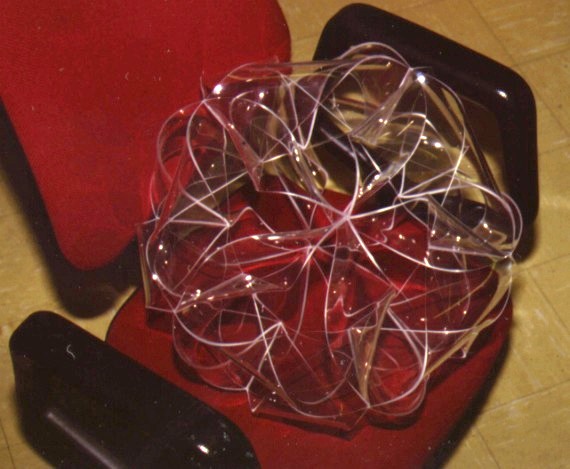
Figure 4. I'd like to make one thing perfectly clear, acrylic plastic,
18 inches. Thirty identical pieces of acrylic plastic were heated in an
oven to soften them and allowed to cool in a jig to set the appropriate
shape. The edges were beveled to fit together in groups of five and the
components were cemented together with jigging to hold their proper relative
positions. As in many of my pieces, the work of making the jigs far exceeded
the actual construction of the sculpture itself. Looking through any piece
to the opposite side, the views of the sculpture seen through itself are
distorted by refraction. Is it odd that a pure mathematical form corrupts
itself?
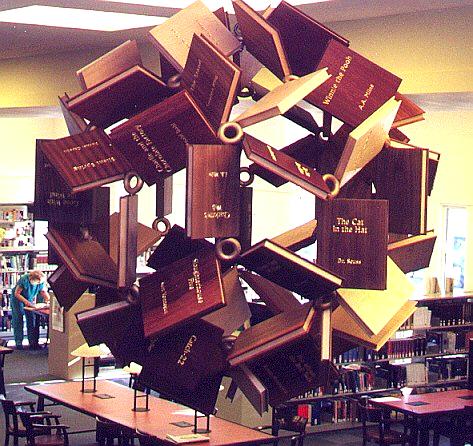
Figure 5. Millenium Bookball, wood and bronze, 5 feet. Commissioned
by the Northport Public Library, this sculpture was assembled at a community
"barn raising". There are 32 bronze tori connecting the books. The books
which meet at any torus form a type of "propeller" There are twenty 3-way
propellers and twelve 5-way propellers. The spines of the books follow
the edges of a rhombic triacontahedron. Look carefully to see that the
tilt of the planes was chosen so each book is coplanar with another book
partway around the other side.
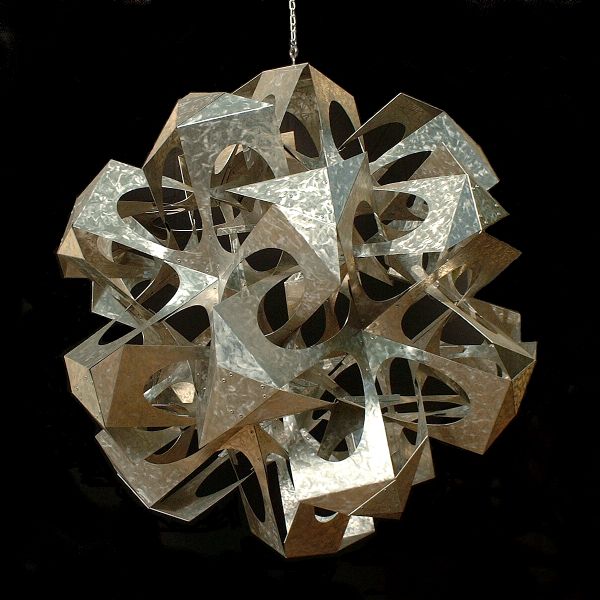
Figure 6. Whoville, aluminum, 35 inches. The form derives from an
icosahedron and dodecahedron in mutually dual position, which would lie
in the empty central region of the sculpture. The five-fold dimples correspond
to the vertices of the icosahedron and the three-fold dimples (in the "basements"
of the three-sided "buildings") correspond to the vertices of the dodecahedron.
The lines of the sculpture extend or parallel the edges of these implicit
polyhedra. The rectangular form of each doorway is a golden rectangle and
the triangles were chosen to create coplanar pairs.
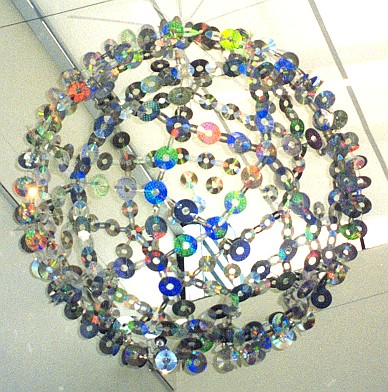
Figure 7. Rainbow Bits, CD ROMs, 6 feet. Carlo Sequin commissioned
this orb of 642 holographic CDs for the Computer Science building of the
University of California at Berkeley. The form is based on the "propello-icosahedron",
with chains of CDs outlining the edges. I cut the slots in the CDs at my
studio in New York, and shipped them to California in a box smaller than
a one-foot cube. There I assembled the six-foot diameter structure in place,
20 feet up in the Soda Hall atrium where it hangs. Notice that the openings
are equilateral triangles and symmetric "kites".
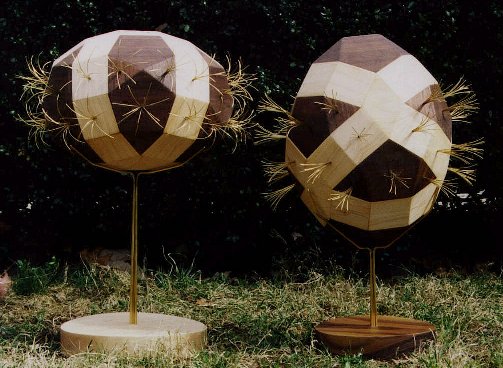
Figure 8. Fat and Skinny, wood and brass, 23 inches. Two spheroids,
with very different "personalities," are constructed from the same set
of components (12 regular pentagons, 30 squares, 20 equilateral triangles,
and 6 golden rhombi). They are arranged differently, as in a jigsaw puzzle
with two solutions. In each case, the dark components (walnut pentagons
and triangles) fit together as an icosidodecahedron. The light components
(maple squares and rhombi) are arranged along three of the icosidodecahedron's
"equators" but there are two different ways to choose three equators.
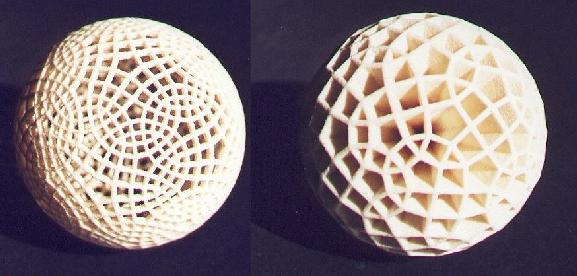
Figure 9. Gonads of the Rich and Famous, two 3-inch balls, 3D printing.
Computer-generated models of novel polyhedra had their edges adapted into
solid forms in two different ways. In the first, the edges remain lace-like
at the surface of the sphere, while in the second, they are carried to
the center. In both, the thickness of each edge is proportional to its
length, which helps to make them seem more organic. The name reflects,
in part, the fact that 3D printing is currently expensive to produce. How
many different path shapes are there in each?

Figure 10. Twisted Rivers, Knotted Sea, steel, 7 feet tall. The
geometric form underlying this four-foot diameter steel sculpture is based
upon the stellation pattern of the icosahedron, but reorganized into thirty
identical curved units. The steel pieces were cut with a computer-controlled
laser cutter, folded to the proper angles, powder coated blue, woven together,
and joined with stainless steel bolts. Ten pieces meet at each of the twelve
bolted junctions. The twenty openings are three-way "whirlpools".










